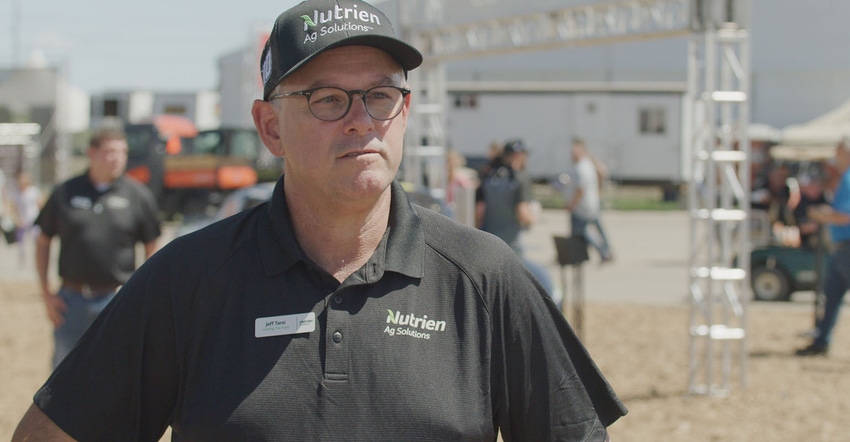
Digital disruption? What disruption?
Ecommerce might have thrown a wrench into some ag retailers’ business models. But more often than not, the successful ones just roll with the changes no matter what those changes are.
“Buying online is no different from any other wave of technology in ag,” says Jeff Tarsi, senior vice president of North American operations at Nutrien Ag Solutions. “It used to be a new family of chemistry came out, and that disrupted how and what you were selling. It was Bt, then GMO technology. Change can be drastic, disruptive, and sometimes it can be positive.
“So today it’s the digital age. As a retailer, all that matters is that you better be headed where you think your customer is headed,” says Tarsi, a veteran of 35 crop seasons. “That’s most important.”
Farmers, like consumers, can now buy stuff in a variety of ways, including online. Several traditional crop chem and seed companies offer both in-person and digital purchase options -- the so called ‘omni channel.’
“At Nutrien Ag Solutions, we operate in an omnichannel approach, providing growers with the options to work with us in the way that’s best for them. We’ve seen increased usage of the Digital Hub the last two years. But the Digital Hub is more about the information farmers need to run their businesses. Sure growers can buy products and pay their bills online, but they can also access data by specific fields, or use digital tools to select germplasm. They can also pull up soil or tissue sample analysis. That’s where this technology is going.”
Regulatory worries
What keeps ag retailers up at night? Perhaps the bigger concern for retailers has nothing to do with how a customer buys, but rather, if the product will be available at all.
“I don’t think regulatory issues are going away,” says Tarsi. “The public is much more educated today and has access to the same type of data. They’re asking questions.
“Retailers had better be prepared for whatever comes your way. We found that out in 2020.”
Large growers are getting larger, and sometimes that makes the local retailer less relevant. But that’s not something Tarsi worries about.
“I have no control over farmers who consolidate and look for efficiencies,” he says. “Growers will continue to consolidate and be more self-sufficient. Growers are looking for solutions, not just seed or chemicals. If retailers create solutions and value for the customer, that creates ROI for them.”
But drought? Yeah, that’s on his radar.
“We have a lot of exposure to agriculture beyond the U.S. and I worry at how dry it’s become the last 12 months,” he says. “I worry about how quick 2021 could get started, and it kind of reminds me of 2012.”
Spring outlook
As a retailer his top priority is the supply chain. Will there be product available where it’s needed this spring? While 2020 saw the second highest prevent plant acreage on record, good fall weather helped farmers push fertilizer applications ahead of 2021 planting. The last three years were the exact opposite, as many farmers were constantly trying to catch up.
“We’re sitting in a much better situation right now and with these prices farmers are going to plant Fencerow to fencerow, swing for the fences -- everything they can to maximize yields,” he says. “With crop prices rallying it’s going to be like horses wanting to get out of a stall.”
The 2021 battle for acres between corn and soybeans has a wild card – the south. Growers there can make last-minute acreage changes since growers there can plant corn, sorghum, rice, or soybeans.
“They’ll watch these prices and make decisions a lot later than in the ‘I’ states,” says Tarsi. I think they would like to put more corn in this year in the south compared to the last couple years.”
Long term, extreme weather is an even bigger worry for Tarsi.
“In 35 years I’ve never had 10 hurricanes hit our business in the south, a Derecho in the corn belt, or extreme heat and fires in the west,” he observes. “I don’t know why, but you have to be prepared to respond. At Nutrien Ag Solutions, we’re equipping our growers and retailers with tools to prepare for anything 2021 brings this season.”
About the Author(s)
You May Also Like






